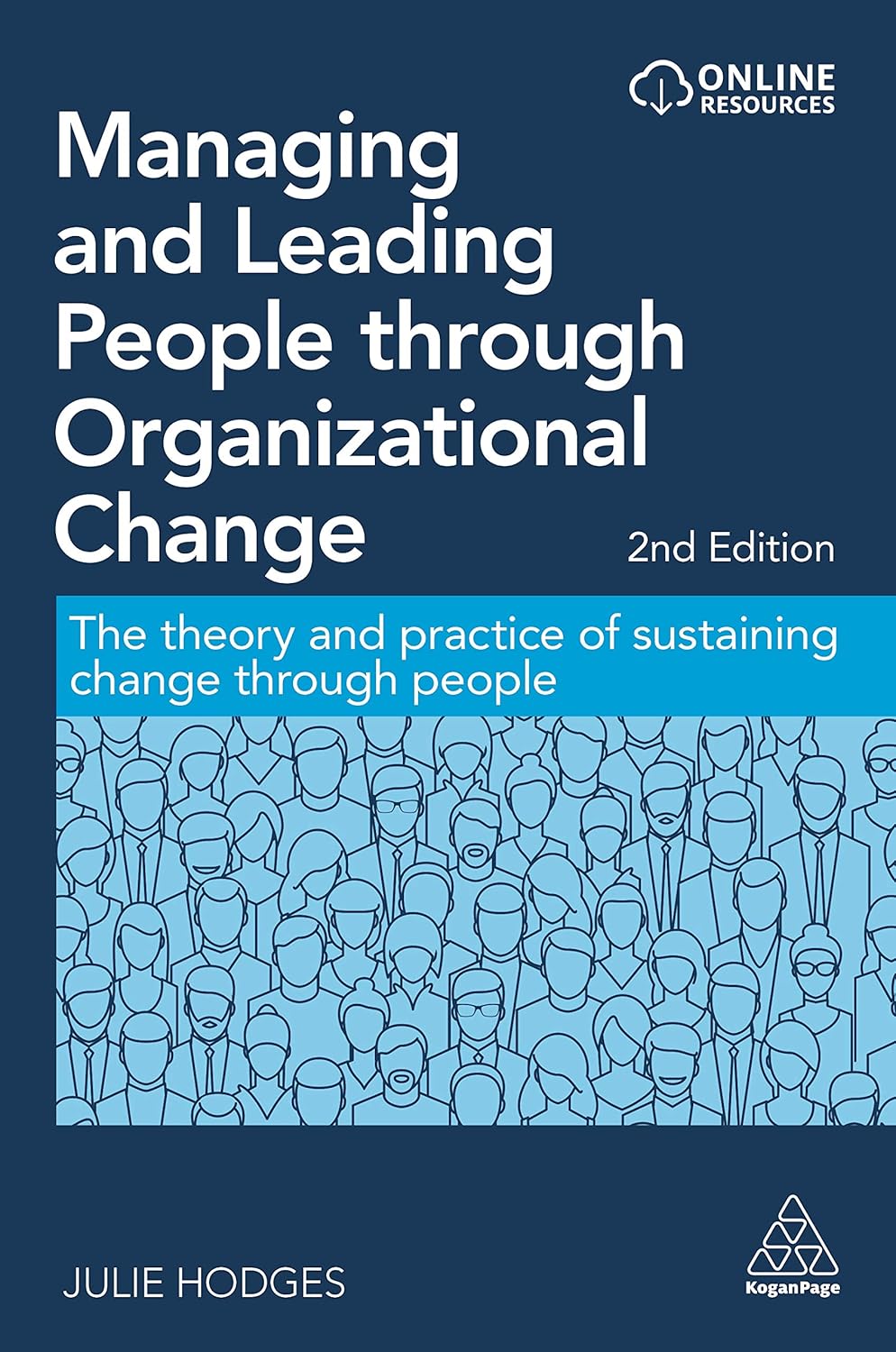
Organizational Change Management
What is Organizational Change Management?
Organizational change management is a structured process that enables individuals, teams, and entire organizations to adapt to new ways of working. These changes can include shifts in company culture, business processes, technologies, or leadership structures. The goal is to minimize resistance, support employees through transitions, and ensure leaders implement changes effectively and sustainably.
This approach recognizes that successful change depends not just on planning and execution, but also on how well people adapt. It involves communication strategies, training programs, leadership involvement, and feedback systems. Organizational change management works in conjunction with project management and business transformation to address the human aspects of change.
By preparing employees for what is to come and involving them throughout the process, organizations can minimize disruption and achieve long-term success from their change initiatives.
Key Points
- It focuses on guiding individuals and groups through transitions brought on by organizational changes.
- Communication, engagement, and training are essential elements of the process.
- Change initiatives may include mergers, digital transformation, new policies, or structural reorganizations.
- Success depends on leadership support, employee involvement, and consistent reinforcement of the change.
- It helps reduce resistance, improve morale, and maintain productivity during periods of transition.
Related Terms
- Change management provides the overall discipline, with organizational change management as a core component.
- Stakeholder engagement is crucial for securing support and commitment during organizational change initiatives.
- Business transformation often necessitates a structured approach to organizational change management, ensuring that companies effectively achieve strategic goals.
- Resistance to change is a common challenge that organizational change management works to overcome.
- Leadership alignment is necessary to ensure that managers and executives consistently support and model the desired changes.
Organizational Change Management: Example
A large healthcare provider implements a new electronic medical records system across all departments. To support the transition, the organization launches an organizational change management plan that includes staff training, clear communication of the system’s benefits, leadership involvement, and regular progress updates. As a result, the rollout experiences fewer issues, and staff adoption happens more smoothly.
Organizational Change Management: Best Practices
- Involve leadership early to champion the change and provide consistent messaging.
- Communicate openly and frequently with all affected employees.
- Provide training and support tailored to the specific needs of each team.
- Identify and address resistance early to prevent delays or setbacks.
- Measure progress and adapt strategies based on feedback and results to optimize outcomes.
Additional Resources
Preparing for a PMI certification?
- Exam Prep Courses: PMP®, CAPM®, and PMI-ACP®
- Exam Simulators: PMP®, CAPM®, PMI-ACP®, PMI-PBA®, PMI-RMP®, PMI-SP®, PgMP®, and PfMP®
- Professional Development Units (PDUs): 15, 30, and 60 PDU Bundles




